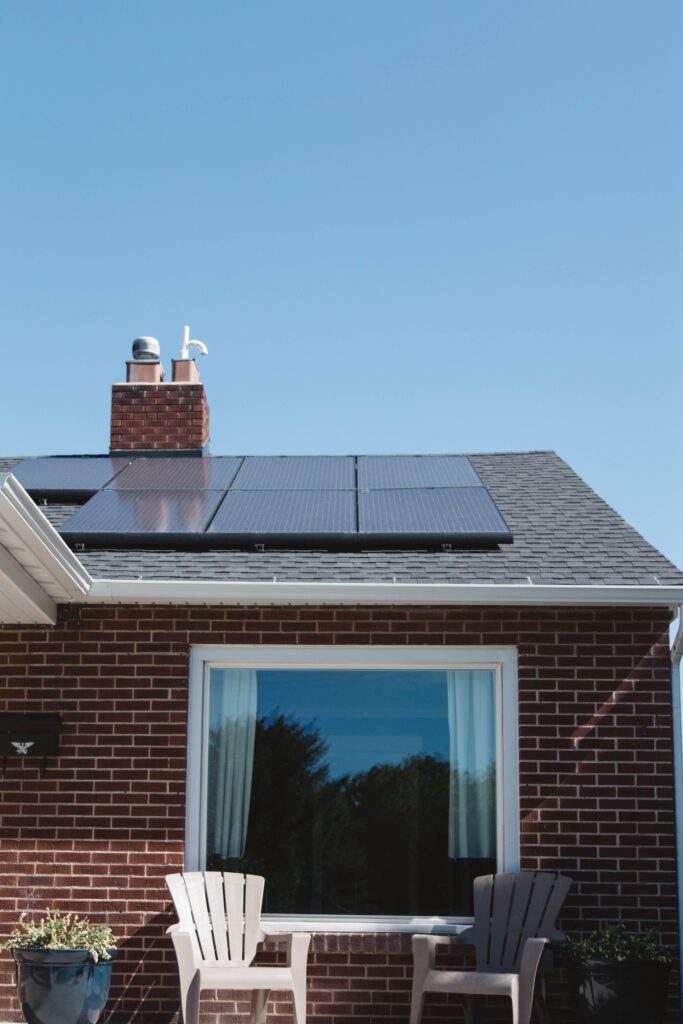Creating an energy-efficient and sustainable home is essential for reducing your carbon footprint and lowering utility bills.
With the right strategies, you can make your home more eco-friendly, whether you’re tackling projects yourself or hiring a professional.
This guide explores key areas where you can improve your home’s energy efficiency and sustainability, offering DIY tips and insights on when it’s best to bring in an expert.
Insulation and Sealing: Keeping Your Home Comfortable Year-Round

Proper insulation and sealing are critical to maintaining a comfortable temperature in your home while reducing energy consumption.
DIY enthusiasts can start by sealing drafts around windows and doors using weather stripping and caulking.
Adding insulation to attics and basements is also a feasible DIY project for those with some experience. However, for comprehensive insulation work, such as installing spray foam or addressing hard-to-reach areas, hiring a professional ensures maximum efficiency and compliance with local building codes.
Energy-Efficient Lighting: Brightening Your Home Sustainably

Switching to energy-efficient lighting is one of the easiest ways to reduce your home’s energy consumption. DIYers can replace incandescent bulbs with LED or CFL bulbs, which use significantly less energy and last longer.
Installing dimmer switches and smart lighting systems can also enhance energy efficiency.
For more complex lighting upgrades, such as rewiring or installing new fixtures, it’s best to consult an electrician to ensure safety and optimal performance.
Solar Power: Harnessing the Sun’s Energy

Solar power is a significant investment in energy efficiency and sustainability, and it’s a project that typically requires professional installation.
While some homeowners may explore DIY solar panel kits, the complexity of system design, permitting, and installation often makes hiring a certified solar installer the best option. This ensures that your system is properly connected to the grid, optimized for your location, and eligible for any local incentives.
Water Conservation: Reducing Your Home’s Water Footprint
Water conservation is a key aspect of sustainability, and there are many DIY projects that can help reduce your water usage. Installing low-flow showerheads, faucets, and dual-flush toilets are simple tasks that can make a big difference.
For more advanced water-saving solutions, such as greywater recycling systems or rainwater harvesting setups, professional installation is recommended.
These systems can be complex and require expertise to ensure they function properly and comply with local regulations.

Energy-Efficient Appliances: Choosing the Right Upgrades

Upgrading to energy-efficient appliances can significantly reduce your household’s energy consumption.
DIYers can research and select ENERGY STAR-rated appliances that suit their needs, whether it’s a new refrigerator, washing machine, or HVAC system.
While installation of some appliances can be DIY-friendly, larger or more complex systems, such as HVAC units or tankless water heaters, should be installed by professionals to ensure proper setup and efficiency.
Smart Home Technology: Automating Energy Savings

Smart home technology allows you to automate and optimize your home’s energy use.
DIY enthusiasts can easily install smart thermostats, lighting systems, and energy monitors to track and reduce energy consumption.
For more integrated systems, such as whole-home automation or advanced security systems, professional installation is often necessary to ensure that all components work together seamlessly and are correctly configured.
Sustainable Landscaping: Creating an Eco-Friendly Outdoor Space

Sustainable landscaping is an excellent way to enhance your home’s energy efficiency and environmental impact.
DIY projects like planting native species, using mulch to retain soil moisture, and installing drip irrigation systems can be both rewarding and eco-friendly.
For more complex landscaping projects, such as designing a xeriscape garden or installing permeable paving, hiring a landscape architect or contractor ensures that the project is both sustainable and aesthetically pleasing.
Achieving energy efficiency and sustainability in your home is a blend of DIY projects and professional expertise.
By understanding when to tackle a task yourself and when to call in a professional, you can create a home that is not only comfortable and cost-effective but also environmentally responsible.
Whether you’re upgrading insulation, installing solar panels, or enhancing your landscaping, these tips will guide you toward a more energy-efficient and sustainable lifestyle.



